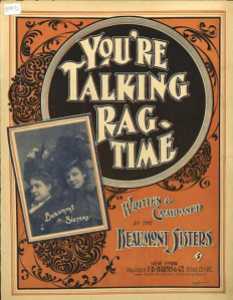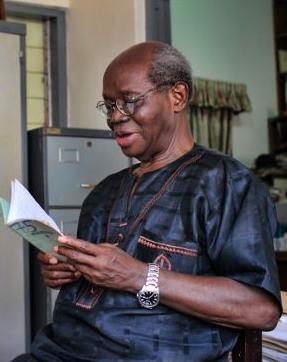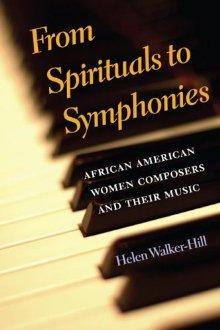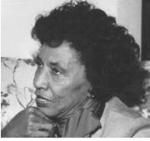A pair of brief unattributed articles appeared in the July 1901 issue of American musician to articulate opposing viewpoints on ragtime, which had become increasingly popular since the late 19th century.
War on ragtime denounced the genre in no uncertain terms: “The ragtime craze has lowered the standards of American music as compared with other countries…we will not give way to a popular demand that is degrading.”
Suppression of ragtime expressed a more lighthearted view:
“Last week a national association of musicians in convention at Denver solemnly swore to play no ragtime, and to do all in their power to counteract the pernicious influence exerted by Mr. Johnson, My ragtime lady, and others of the Negro school…
“But the people do not want to be educated all the time…Their great desire with music is to be pleased—to forget for a time that there is anything in this world but sunshine and laughter, and birds and flowers and purling brooks.
“And they find all those things in the homely and catchy pieces that quicken the heart-beats and make the nerves tingle with delight; yes, in ragtime, bubbling, frothing, sparkling; as light as a summer breeze and as sweet as woman’s kiss.”
This courtesy of “War on ragtime and Suppression of ragtime” in From jubilee to hip hop: Readings in African American music, edited by Kip Lornell (Upper Saddle River: Prentice-Hall, 2010), pp. 23–25. Below, Jelly Roll Morton plays the ragtime classic Shreveport stomp via piano roll.















